If you have only one or two days to explore Valladolid, you’re in for a treat. This lovely city in northwestern Spain is compact and walkable, with historic corners and great spots to visit. From architectural beauties to lush parks, there’s much to discover in a short visit to the Castilla y León capital.
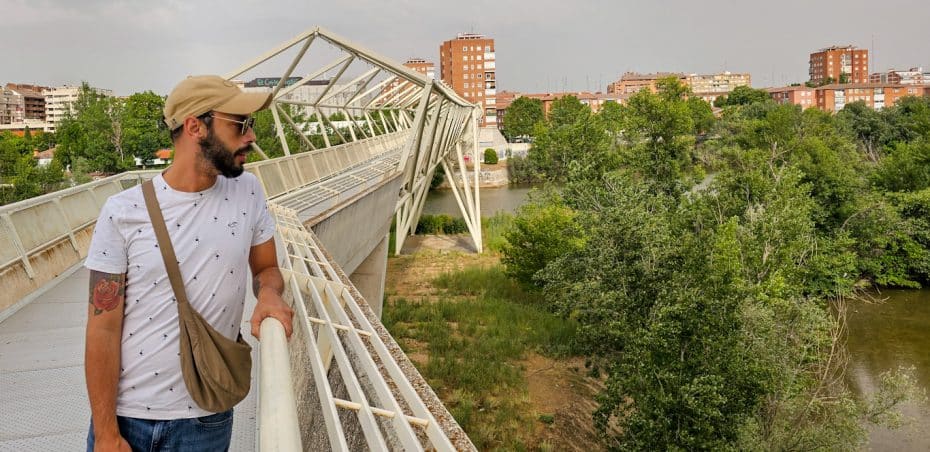
During my recent visit day trip from Madrid, I discovered Valladolid to be a vibrant city full of history and culture on every corner. With its stunning architecture, Plaza Mayor is its beating heart. Nearby, the National Sculpture Museum showcases an impressive collection of Medieval Spanish sculptures that can’t be missed. Campo Grande Park is an excellent spot to start your self-guided Valladolid itinerary if you’re getting to the city by train. Don’t forget to explore the local cuisine; try tapas at the bustling Mercado del Val. Valladolid is compact and walkable, making it ideal for a short trip.
Things to See on a Short Trip to Valladolid: Day 1
If you have just one day in Valladolid, Spain, focusing your time around the Old Town is a wise decision. The area is home to the city’s main museums and attractions.
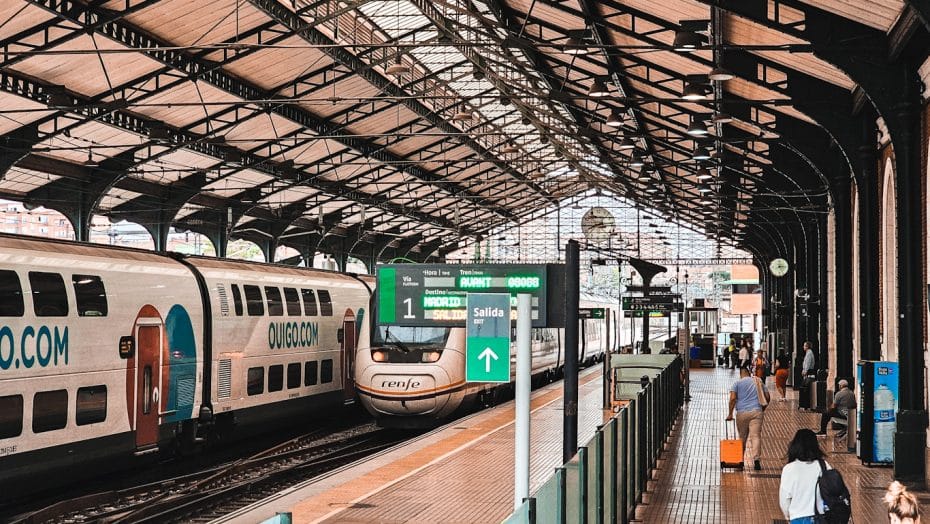
If you take a train to Valladolid, you will likely arrive via Campo Grande station. Considered one of the most beautiful train stations in Spain, it is well connected via Ouigo and RENFE trains, including AVE high-speed services and regional trains to local Castilla y León destinations-
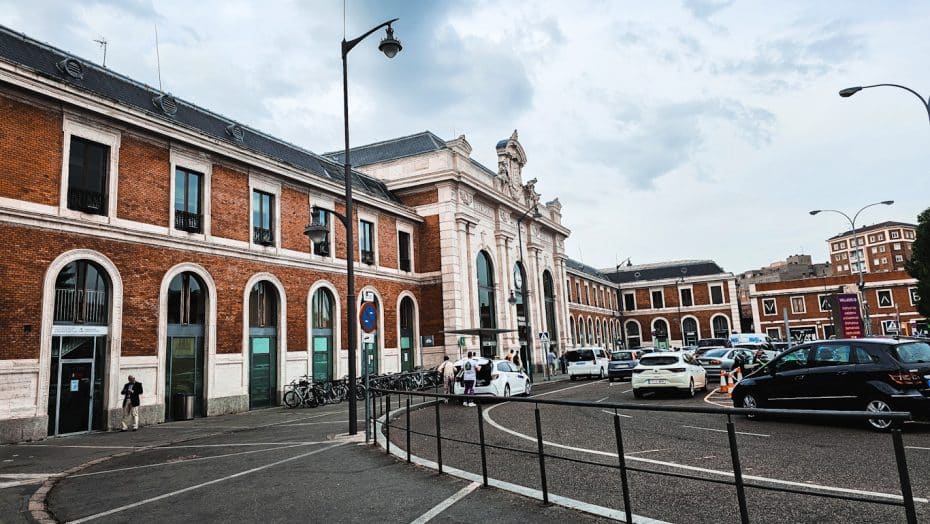
Located directly south of the city center, Campo Grande is a good starting point for any itinerary to the city. It has modern facilities, including luggage storage, restaurants, and shops.
Opened in 1895, Estación del Norte, as it was referred to for decades, reflects a blend of Renaissance revival and classical architectural styles. The main building features impressive facades with arched windows and ornamental details typical of the period.
From here, you can easily reach main attractions like Plaza Mayor and the National Sculpture Museum by foot or local buses. If you choose to walk, you can begin your visit to Valladolid at the nearby Campo Grande Park. This large green space is known for its beautiful gardens, fountains, and peacocks roaming freely.
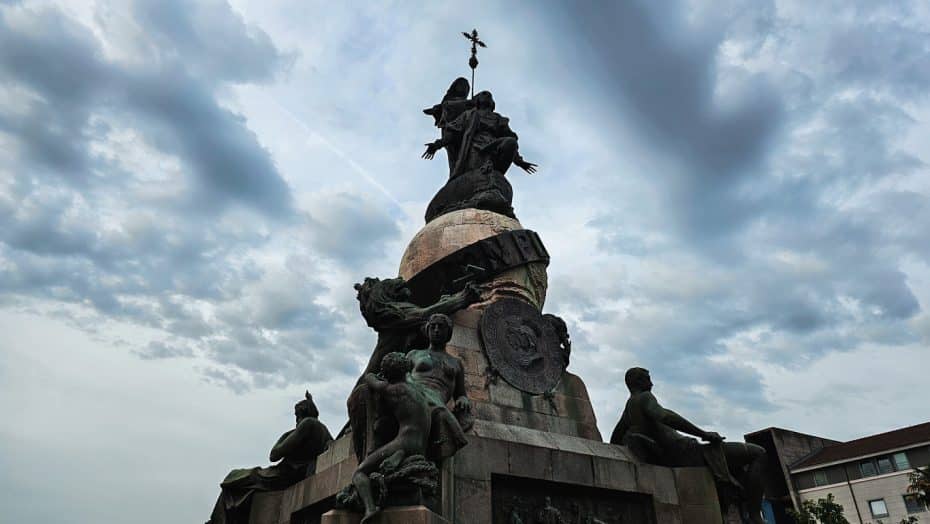
Next to the station is Plaza de Colón. Here, you will find a monument dedicated to Christopher Columbus, who spent his final years in Valladolid and died in the city in 1506. The monument features a statue of Columbus looking towards the new world, symbolizing his voyages that changed history. Not far away is the entrance to Campo Grande Park.
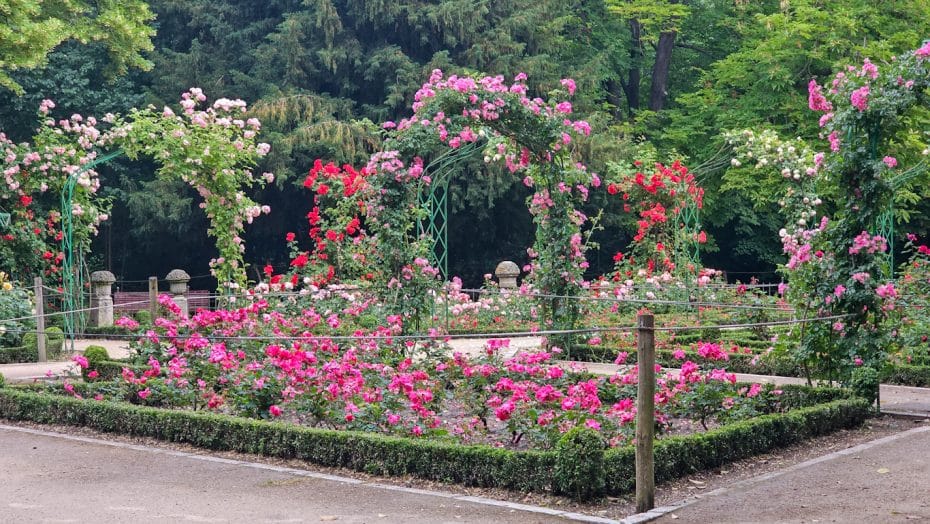
Don’t miss the park’s small lake. Grab a coffee at a nearby café and enjoy watching local life unfold in this tranquil oasis. Remember to look out for the exotic birds and take some time to relax on one of the many benches scattered throughout the park.
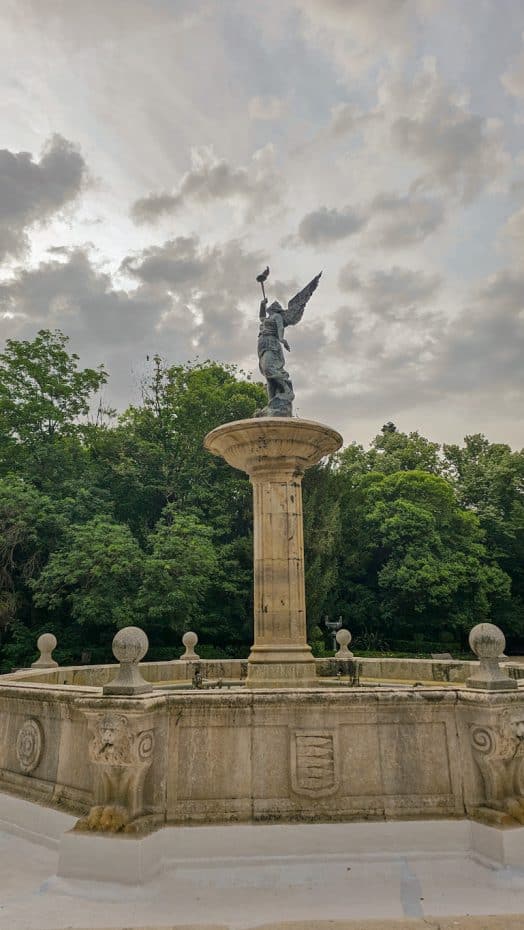
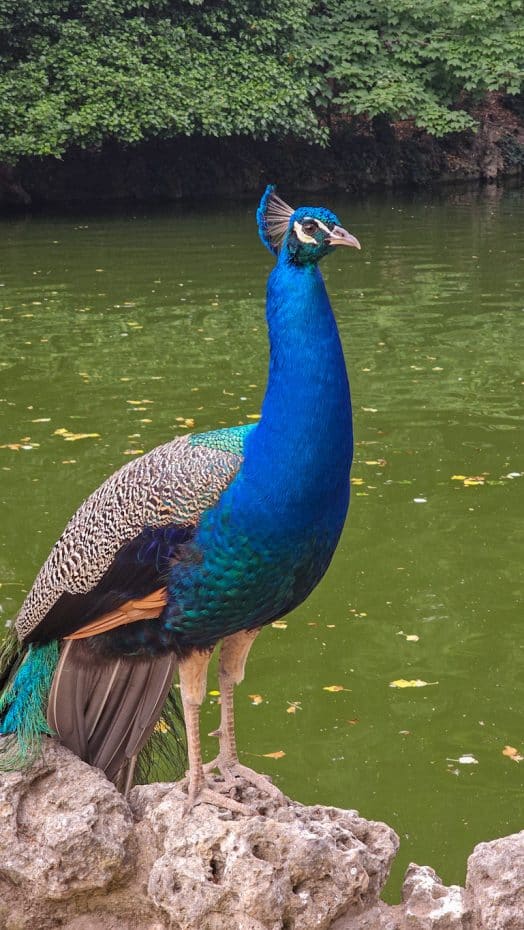
Next to Campo Grande, on its northern side, is Plaza de Zorrilla, the gateway to the Old Town and where the famous Valladolid sign is located. The monumental building you see behind the fountain is the old Cavalry Academy. The plaza itself is a hub of activity, popular for photos, and a meeting point for locals. The iconic Academy adds a majestic backdrop to the area, housing historical military artifacts and often hosting special events. The best time to visit is late afternoon, when sunlight beautifully illuminates the fountain and the Academy facade, making it picturesque.
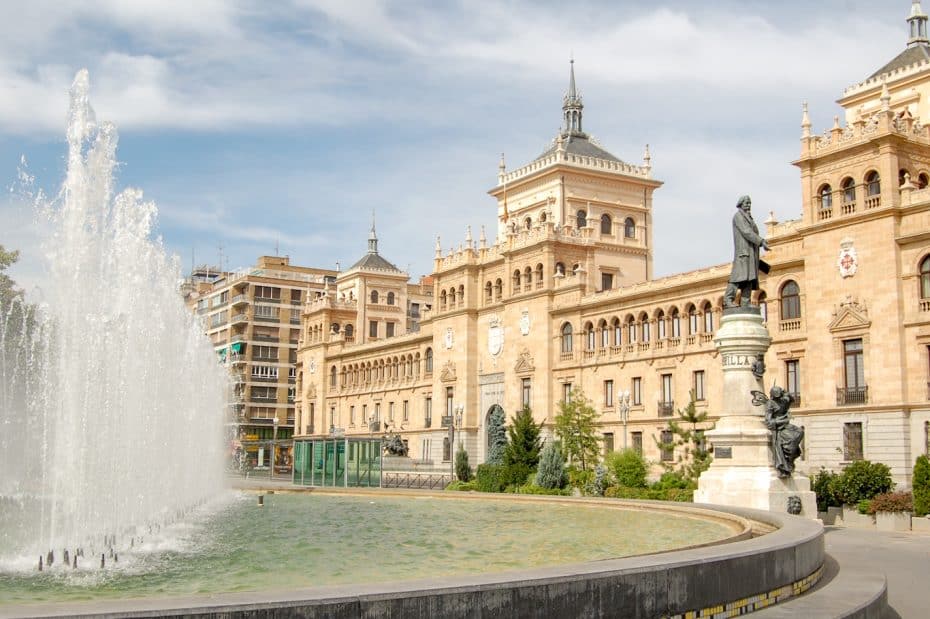
Calle de Santiago is a bustling street that is a popular connection between Plaza Zorrilla and Plaza Mayor. Along this pedestrian-friendly thoroughfare, you’ll encounter several shops, cafes, and boutiques. The street is also known for its lively atmosphere, especially in the early evenings when people gather for a coffee or an ice cream.
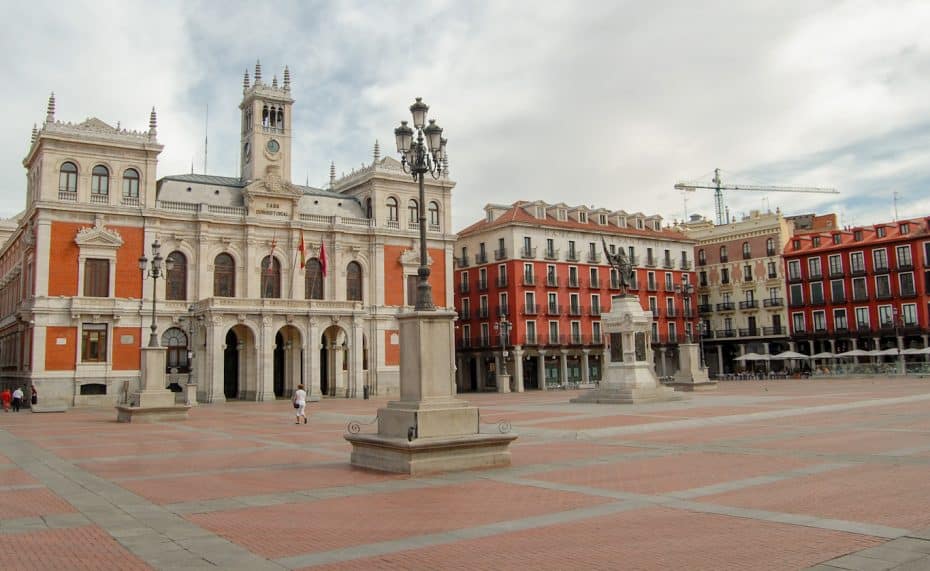
Plaza Mayor de Valladolid is known for its rectangular layout, one of the first of its kind and later inspired similar squares across Spain. Originally built in the 16th century, the square was reconstructed after a fire in 1561 under the direction of architect Francisco de Salamanca. Its uniform architecture features traditional Castilian-style buildings with arcades and balconies painted in vibrant red. The Plaza Mayor is surrounded by important landmarks, including the beautiful Town Hall.
Personal tip: Visit during the afternoon when it’s less crowded. You can enjoy a relaxing coffee at one of the open-air cafes while watching daily life unfold around the square.
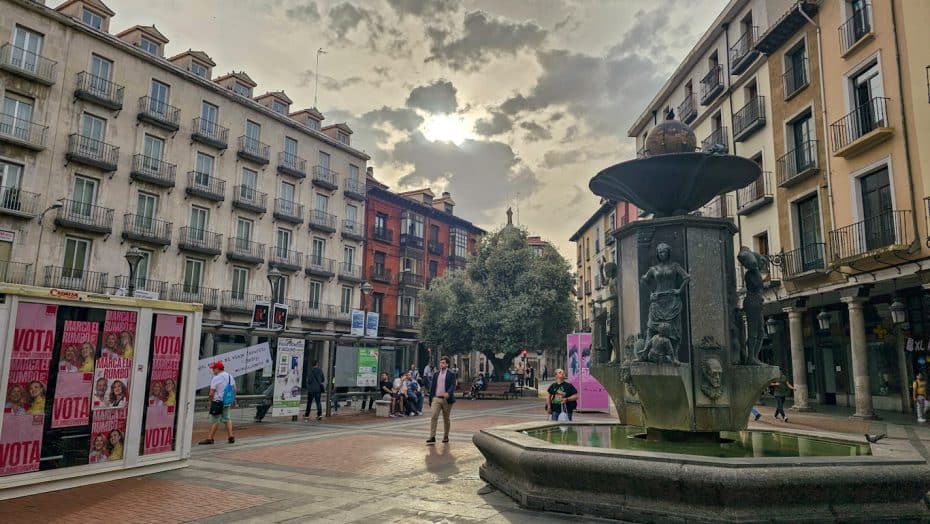
Not far, Fuente Dorada is a lively square in Valladolid’s old town. It’s surrounded by historical buildings, cafes, and shops, making it a great spot to take a break and enjoy the local atmosphere.
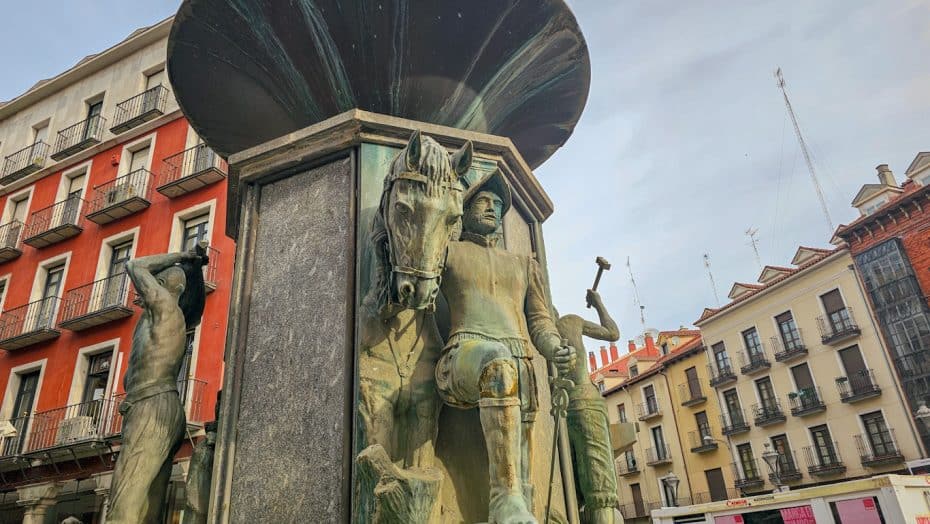
The square is named after a fountain once a significant water source for the city. Though the original golden fountain is long gone, an ornate replacement still stands at its center. Nearby, you can visit the Art-Nouveau-style Pasaje Gutiérrez, an elegant covered passage with beautiful glass ceilings and charming boutiques.
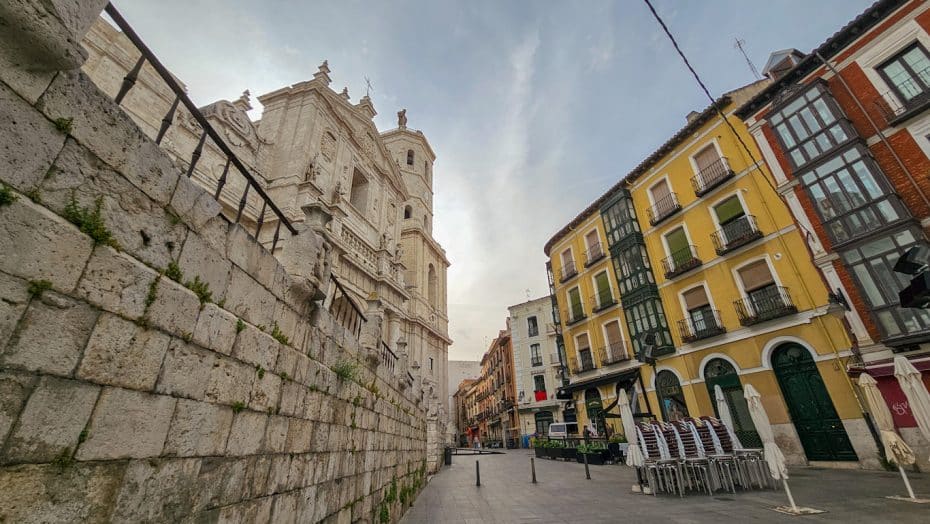
From here, a short walk leads to the Cathedral of Valladolid. The cathedral, also known as the Cathedral of Our Lady of the Holy Assumption, is an imposing structure that showcases late Gothic and Renaissance architecture. Construction began in the 16th century but was never fully completed. Its facade is divided into sections with intricate carvings and statues, and the interior houses famous artworks, including a large altarpiece by Juan de Juni. Don’t miss the impressive pipe organ from the 18th century. The cathedral’s bell tower offers panoramic views of the city, though be prepared for a steep climb up over 90 meters (295 feet). The often-missed underground crypt provides an intriguing insight into its history.
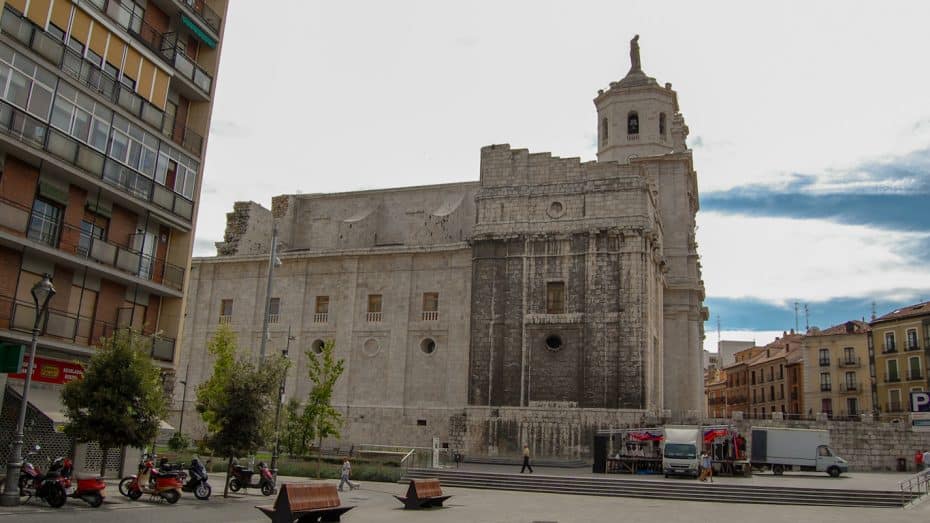
Fun fact: The Cathedral of Valladolid is incomplete. This is because its construction, which began in the 16th century, was halted due to a lack of funds and the changing political landscape in Spain. Initially designed to be one of the largest cathedrals in Europe, it remains unfinished today. You can notice this, especially on the main facade, where only part of the planned structure exists. This gives the cathedral its unique and somewhat intriguing appearance, making it a notable site to visit in Valladolid for 1 or 2 days.
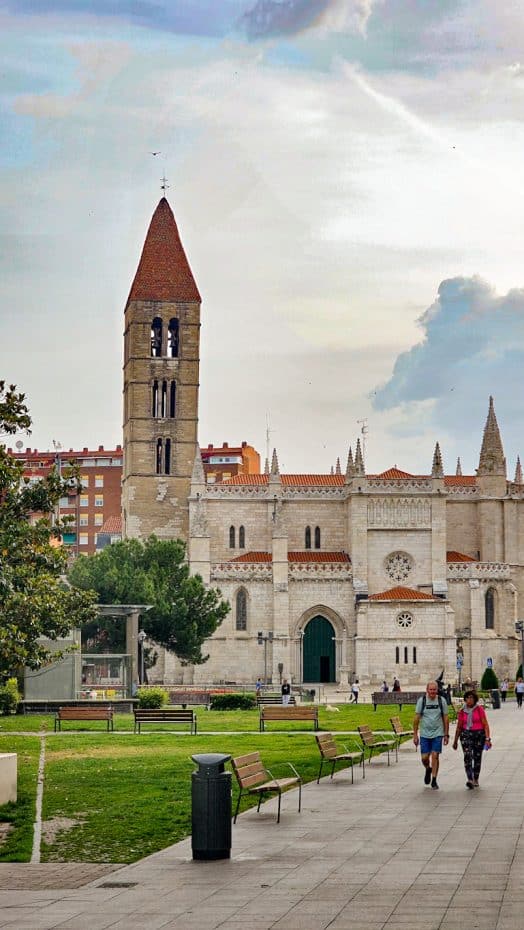
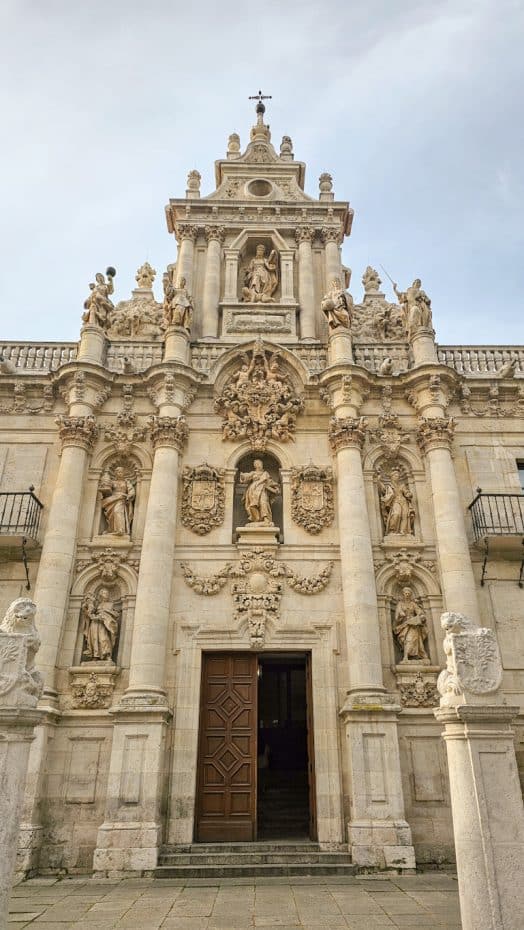
Not far lies the main building of the Universidad de Valladolid, an architectural masterpiece showcasing its impressive facade. Just a short walk away is the Santa María de la Antigua Church. This church is known for its unique combination of Romanesque and Gothic styles, featuring a stunning 12th-century tower and a 14th-century nave. The interior boasts beautiful, centuries-old frescoes and stone carvings.
If you’re feeling hungry, now would be a great time for lunch. Head to La Tasquita. This cozy spot is famed for its tapas. Portions are generous and have a good selection of local wines to pair with your meal.
After lunch, make your way to Valladolid’s renowned museum, the National Sculpture Museum.
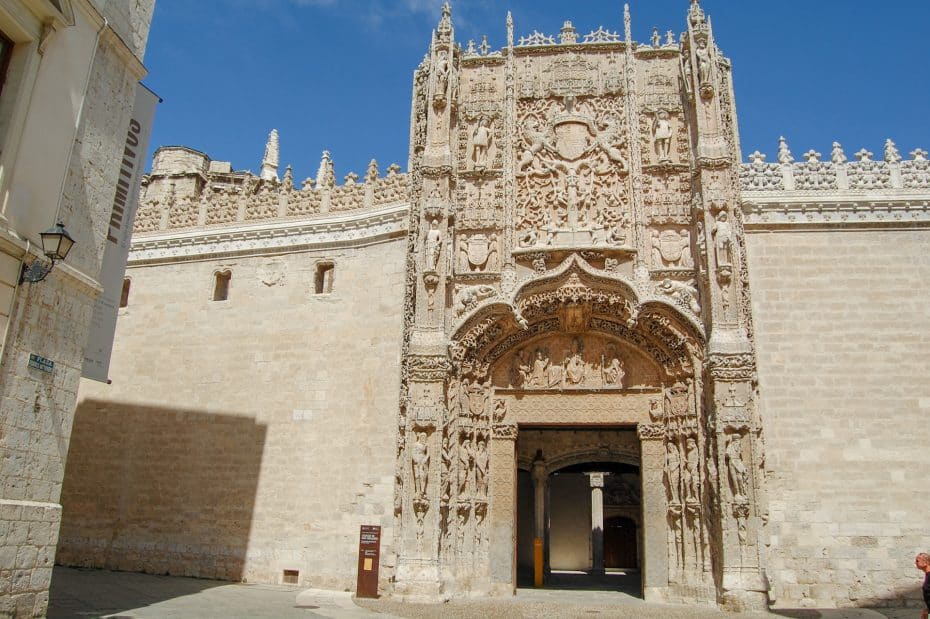
Located at Calle de Cadenas de San Gregorio 1, this exceptional museum showcases a vast collection of Spanish sculptures from several periods. Founded in 1933, the museum is housed in the College of San Gregorio, a beautiful 15th-century building with an impressive facade.
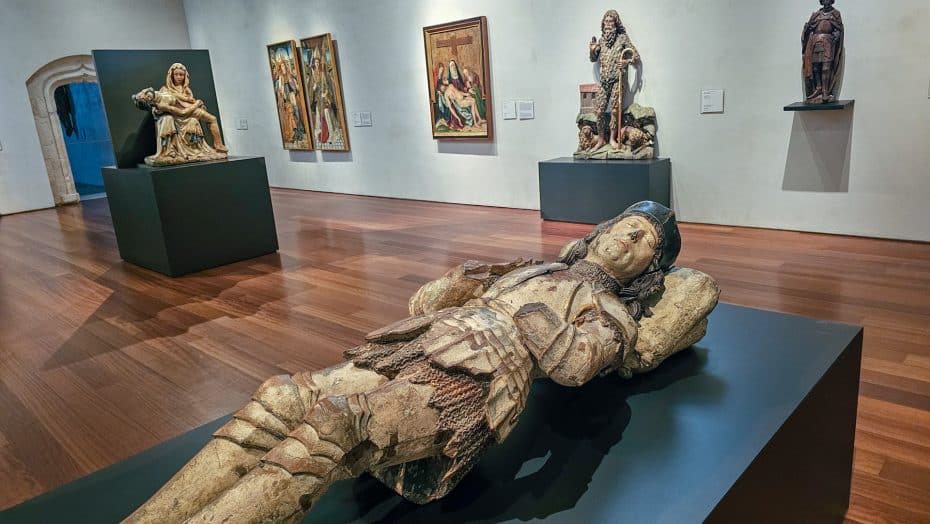
The National Sculpture Museum features masterpieces by famous artists such as Alonso Berruguete, Juan de Juni, and Gregorio Fernández. Among its most noteworthy pieces are Berruguete’s “Saint Sebastian” and Juan de Juni’s “Lamentation Over the Dead Christ.” Visitors can appreciate incredible works of art while exploring the stunningly preserved rooms and courtyards of this historic building.
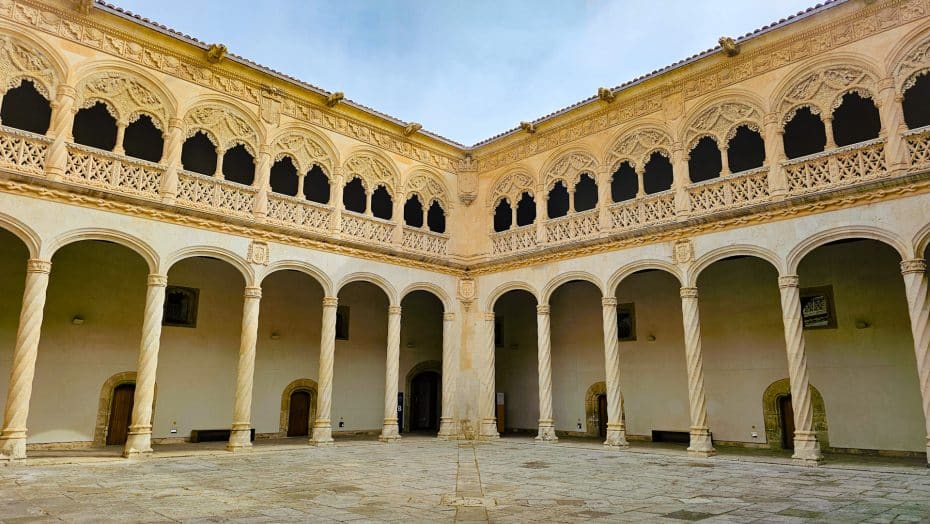
Beyond the renowned Colegio de San Gregorio, the museum includes two additional palaces. The first is the Palacio de Villena, which houses various pieces, including sculptures and other significant artworks. The second palace is the Casa del Sol, a former residence turned museum space that offers more exhibitions and collections.
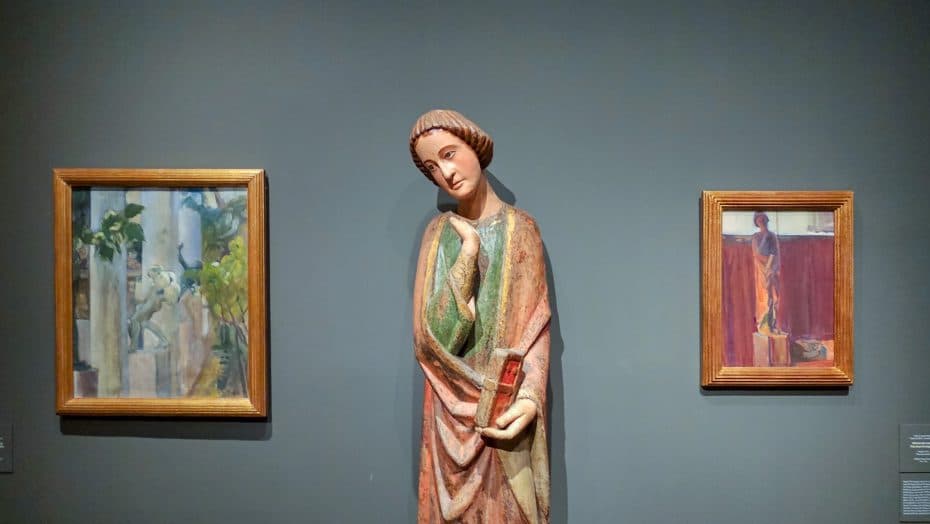
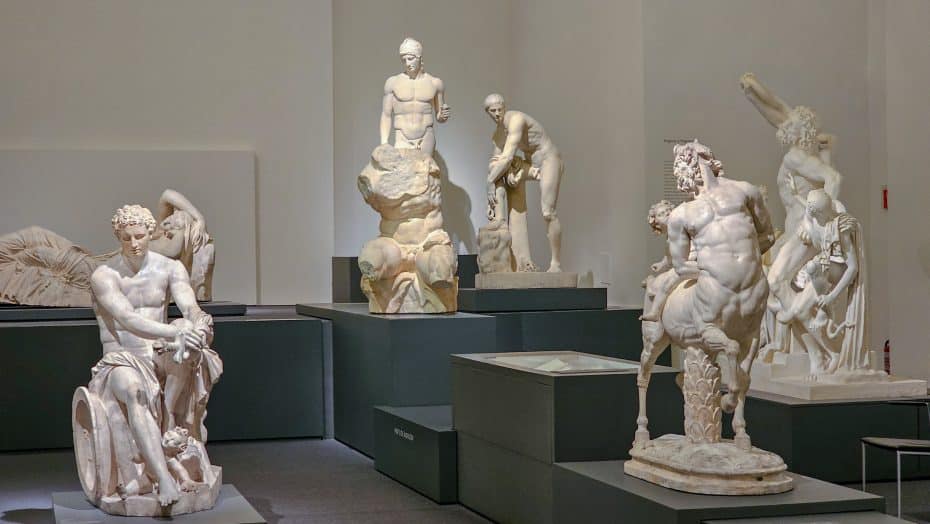
For dinner, try La Parrilla de San Lorenzo. Located in the Old Town, this restaurant offers a cozy atmosphere and delicious traditional Spanish cuisine. The menu features dishes like cochinillo (suckling pig) and chuletón (rib steak), both must-tries. Pair your meal with a glass of local Ribera del Duero wine for the complete experience. Book a table in advance, especially on weekends, as it is usually busy.
Personal tip: Now it should be a great time to mention that we visited Valladolid as a 2-day excursion from Madrid, and we were traveling light, with just a backpack, so we were able to visit the old town with our bags in tow. We checked in at the hotel after exploring. This was mostly because we arrived on a red-eye high-speed train from Madrid, and there was no way our room would be ready. Plus, our hotel was somewhat far from the city center, in the newer district of Parquesol.
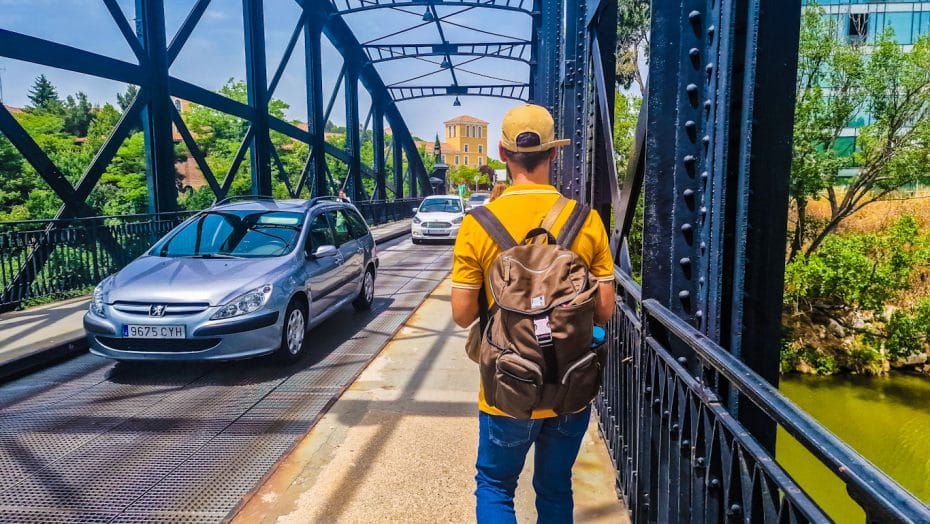
If you’re visiting Valladolid on a day trip from Madrid or as a stop on the way to other northern Spanish cities, this is what a one-day itinerary through Valladolid looks like. However, if you’re spending the night, read on to discover more about a two-day visit to the Castilian capital.
Where to Stay in Valladolid on a Short Visit to the City
Valladolid has several great areas to stay. The City Center is a fantastic option, buzzing with activity and close to key attractions. It’s perfect for those who enjoy being in the middle of everything. Alternatively, Parquesol offers a more relaxed atmosphere with beautiful parks and green spaces.
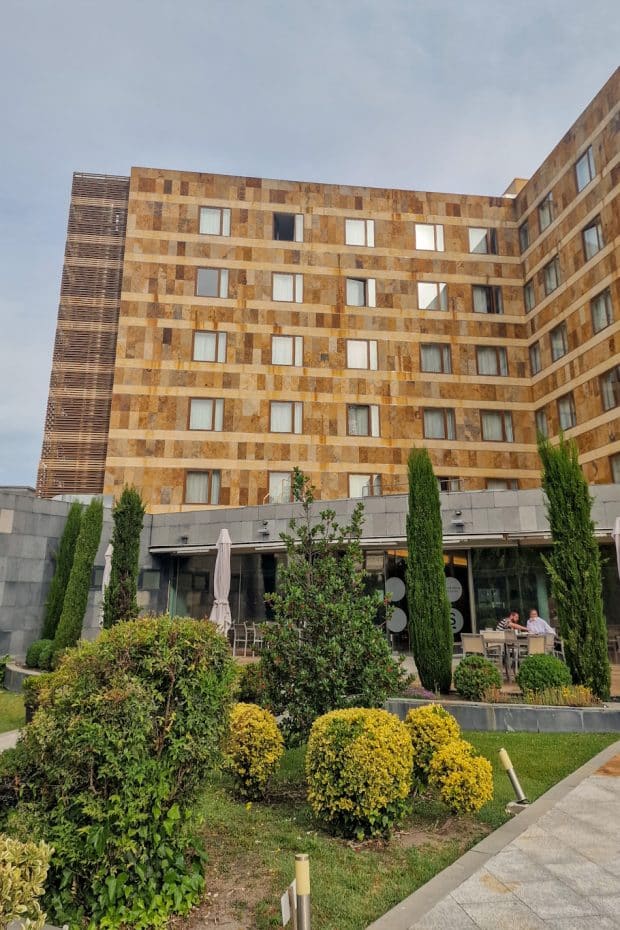
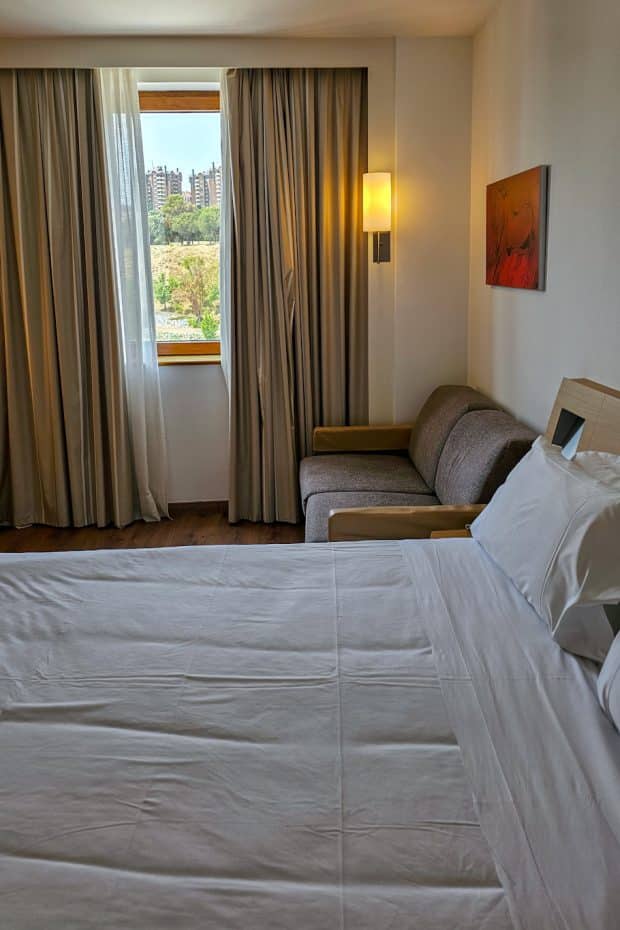
During my latest trip, I stayed at the Sercotel Valladolid. This four-star hotel is a bit further from the main attractions but offers lovely views and spacious rooms with a modern feel. The amenities were impressive, including a pool and a relaxing lounge area. Though it’s not right in the city center, the hotel’s comfort and quality more than made up for it.
Short Trip to Valladolid Itinerary: Day 2
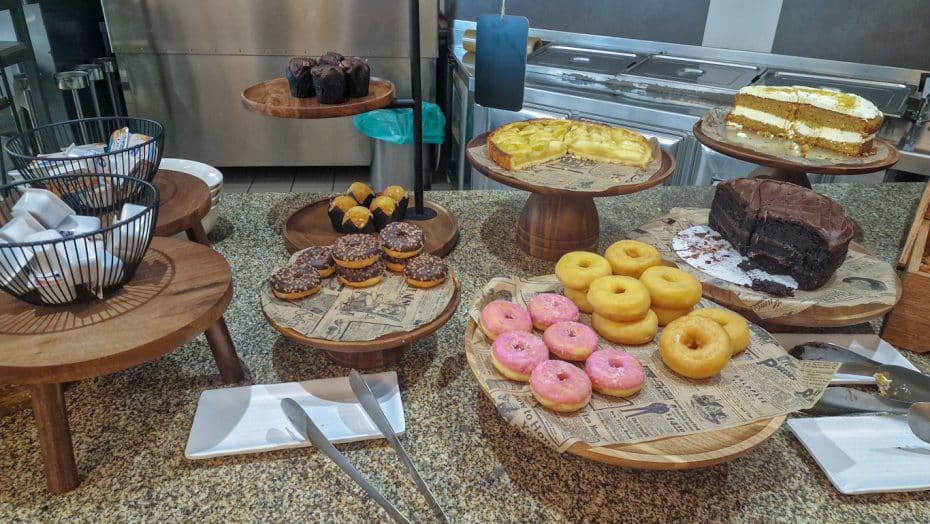
On our second day in Valladolid, we decided to focus on the city’s more modern side and its lifeline, the River Pisuerga.
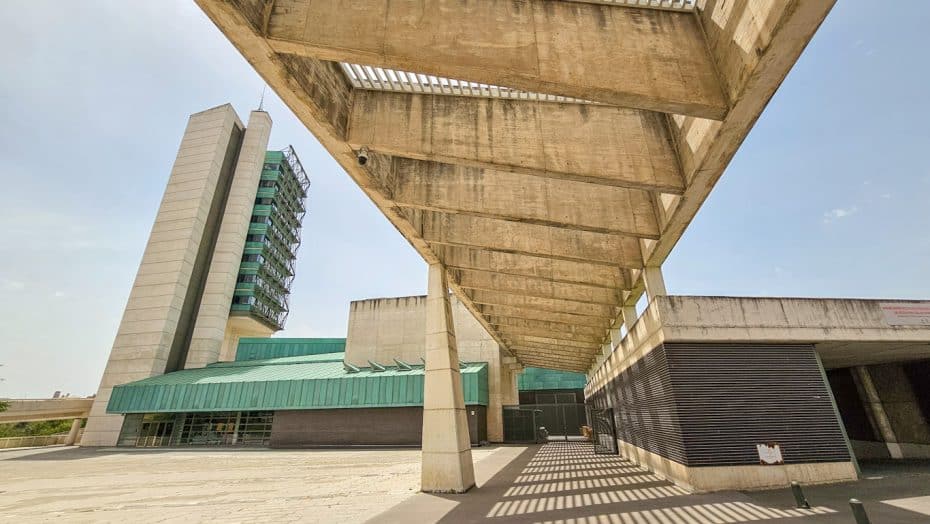
Starting at the Science Museum, a stone’s throw from our hotel, we visited the museum’s interactive exhibits, which are perfect for all ages, especially families. After exploring different sections of the museum, we took a walk along the Pisuerga River.
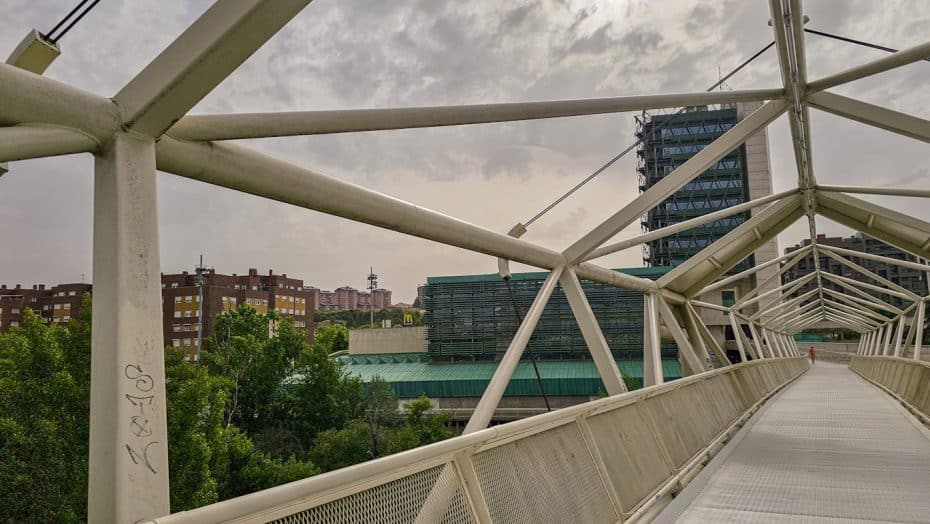
The River Pirsuerga is an important feature of Valladolid. Originating in the Cantabrian Mountains, it flows through the city, providing scenic views along its banks on its way to the Duero River. it served as an important route for trade and transport, especially during the medieval period.
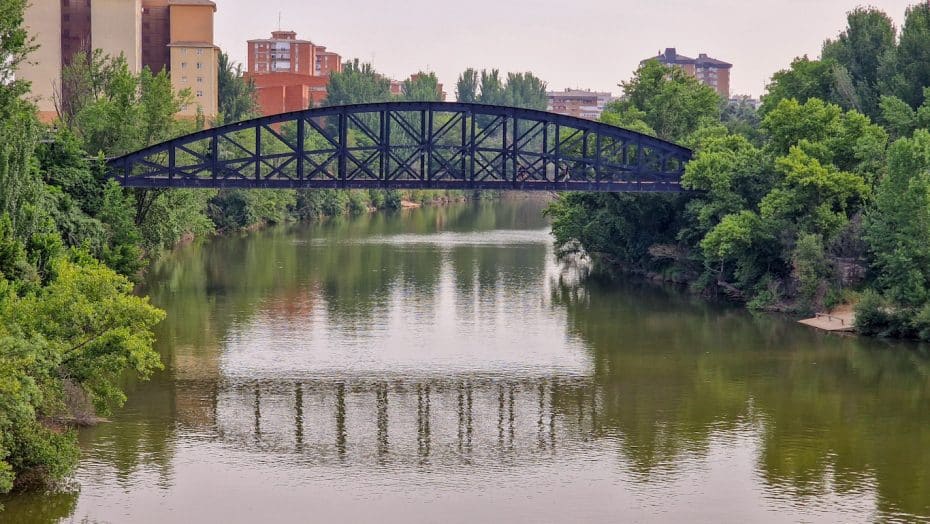
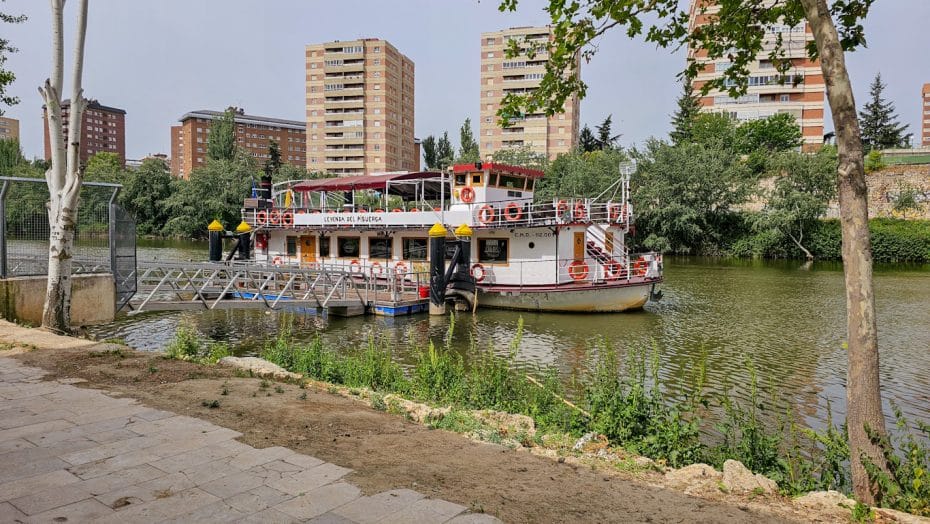
While it’s no longer fully navigable (except for very small vessels and sports boats), the riverbank is lined with cycling paths and green spaces, making it an ideal spot for a casual bike ride or a relaxing break by the water. We rented bikes from a nearby shop and rode to Playa de Las Moreras, an artificial riverside beach where locals sunbathe and swim.
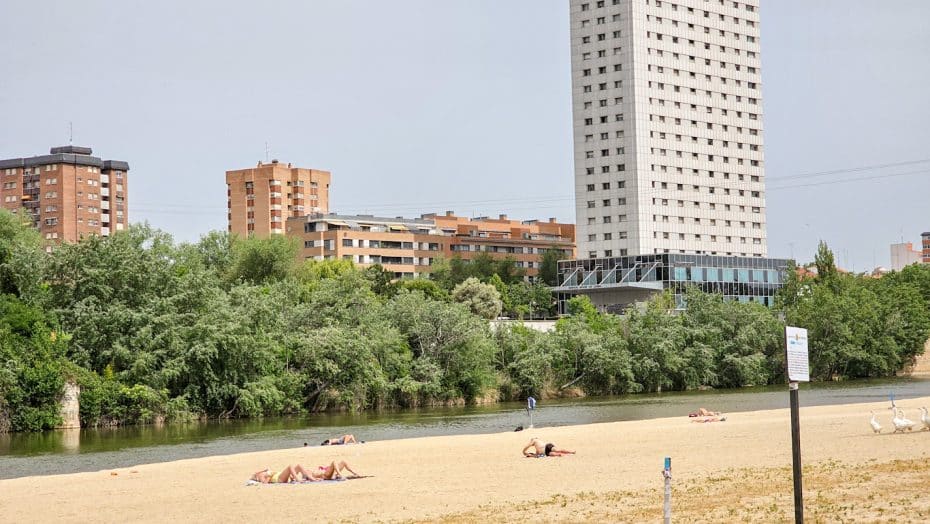
Yes, as it turns out, Valladolid, inland in the landlocked Castilla y León region, has an actual beach! And while Ibiza it ain’t, many locals come to cool off, especially in the summer months, so don’t forget your towel and sunscreen.
While we weren’t prepared for a swim, we sat down near the sand and sat by the river beach before making our way to the final two Valladolid attractions we wanted to visit, Columbus’s and Cervantes’s Houses.
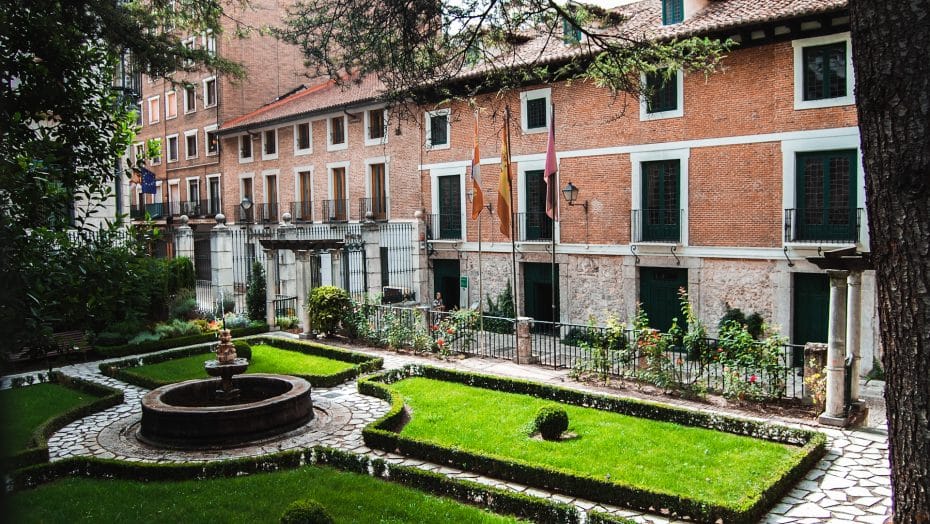
The Museo Casa de Cervantes is a charming building where Miguel de Cervantes, the author of “Don Quixote,” lived for a time. The house is situated on Calle del Rastro 5 and offers visitors an insight into the life of the renowned writer.
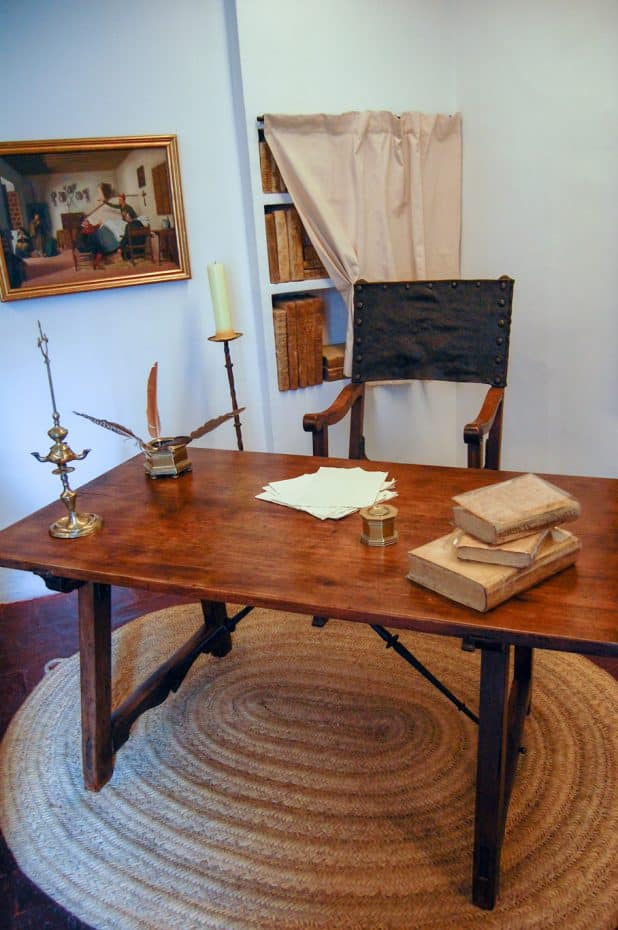
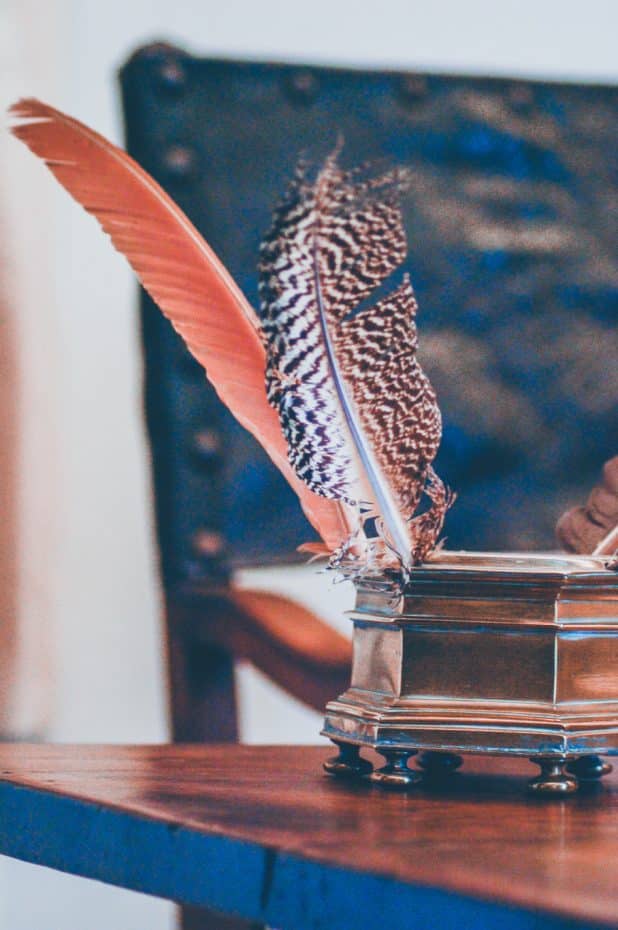
The museum inside has been set up to reflect what his home might have looked like during his stay. The spaces include period furniture and various artifacts related to his work and personal life, making it a fascinating visit for literature fans.

It’s worth mentioning that while this house is significant due to Cervantes’ connection, it’s not where he was born or spent most of his life. It was a temporary residence for him when he worked as a tax collector in Valladolid in the early 17th century. Despite this, it has been preserved well and provides a genuine feel of Cervantes’ era.
From Casa de Cervantes, we visit another fascinating house museum, Casa de Colón. Contrary to Cervantes’ real living quarters. Casa Colón was not the authentic residence of the famous explorer Christopher Columbus. Rather, the building was constructed in the 1960s and serves as a museum dedicated to Columbus and the Age of Exploration. While I personally find its name misleading, the museum features informative exhibits on Columbus’s life and journeys.
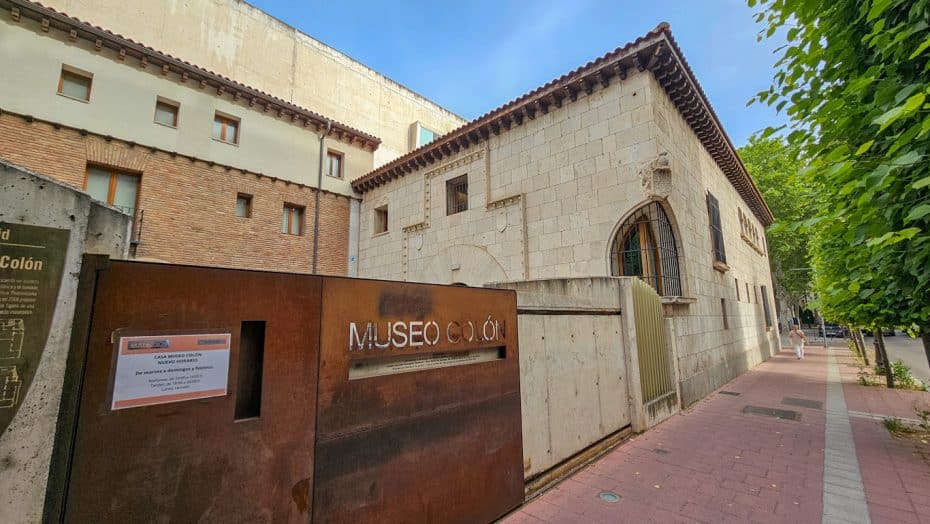
With a little time left before our train back, we decided to visit La Azucarera.
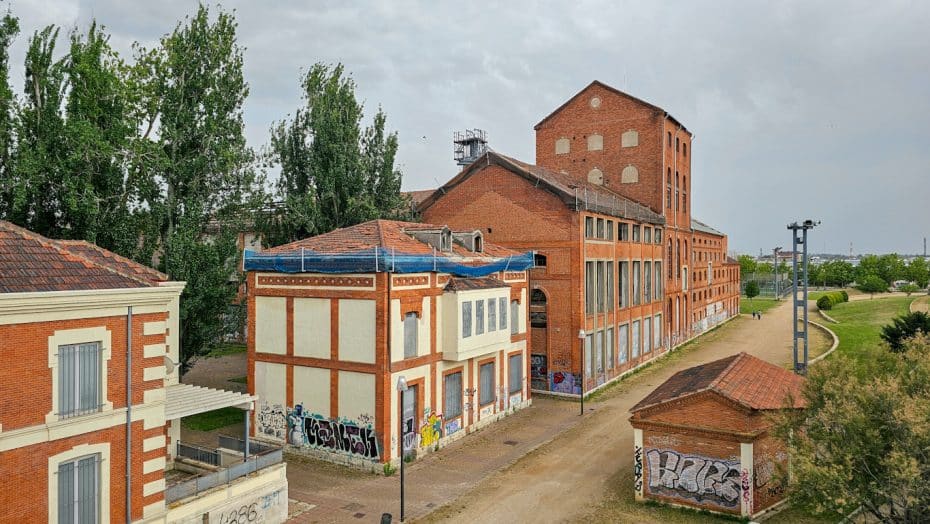
Originally an old sugar factory, it has been transformed into an expansive park, and some industrial buildings are now being used for different purposes.
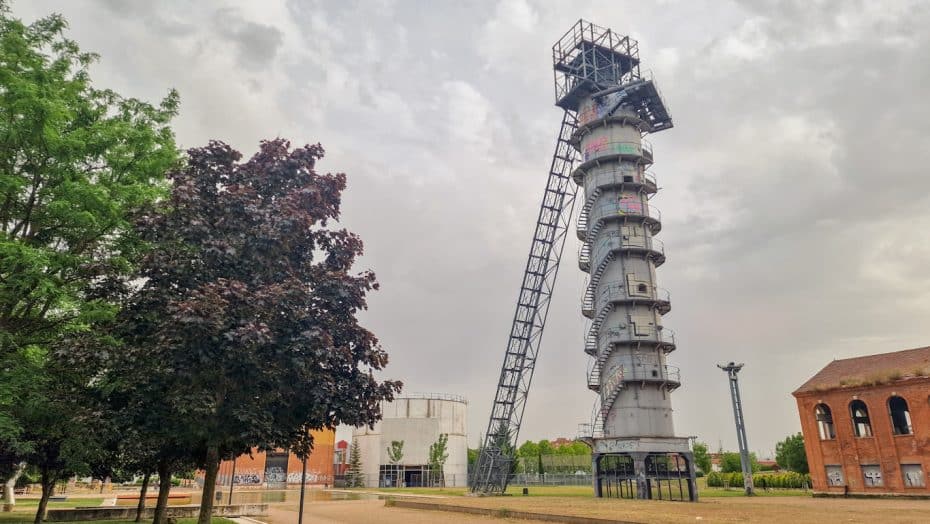
The industrial architecture has been preserved, giving it a unique atmosphere. It’s a great spot to experience local culture and sometimes even grab a coffee. If you’re into photography or history, this place offers many interesting angles and stories.
From La Azucarera, we made our way back to Campo Grande Station for our next leg of the trip, the lovely city of Zamora, a place I had never been to but that I recommend now for several reasons. The old town is full of Romanesque churches, perfect for history buffs, and the local food is top-notch.
Valladolid in 3 Days or More: Ideas for a Longer Visit
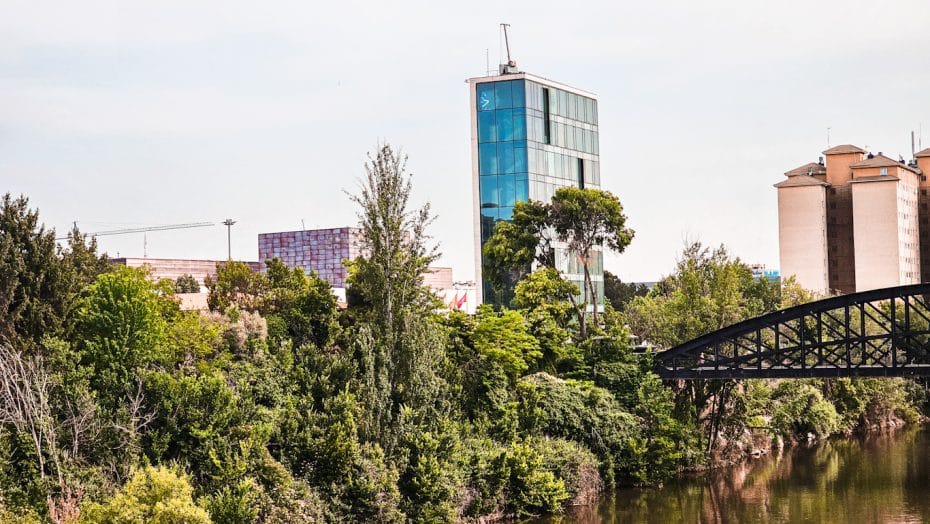
If you have an extra day in Valladolid, consider adding these top attractions to your itinerary.
Museo Patio Herreriano: This museum is housed in a former monastery and features contemporary Spanish art. It offers an extensive collection of works from the 20th and 21st centuries, making it a must-visit for art enthusiasts.
Palacio de Santa Cruz: One of the earliest examples of Renaissance architecture in Spain, this palace is now home to the University of Valladolid’s library and hosts various exhibitions. Its elegant courtyard and historical significance make it a fascinating stop.
Museo Oriental: Located within the Royal College of Augustinian Fathers, this museum contains one of Europe’s most comprehensive collections of Asian art and artifacts, strongly emphasizing Chinese and Philippine pieces. It’s an excellent destination for those interested in Asian cultures.
Tordesillas: A short distance from Valladolid, Tordesillas is historically significant due to the Treaty of Tordesillas signed in 1494. The town offers charming streets, historical sites like the Monastery of Santa Clara, and beautiful views over the Duero River.



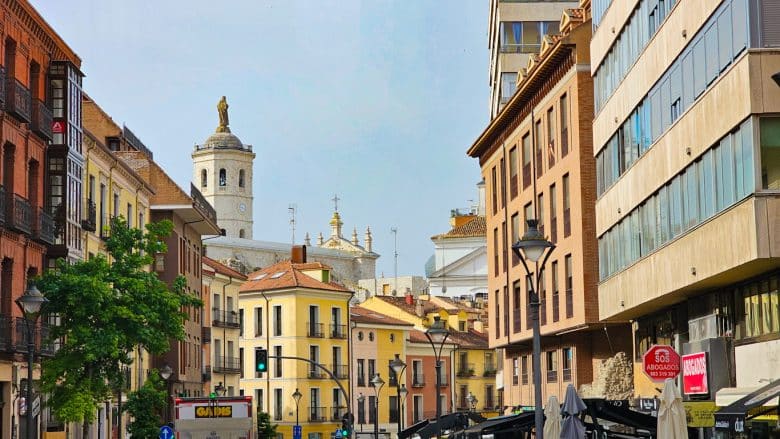
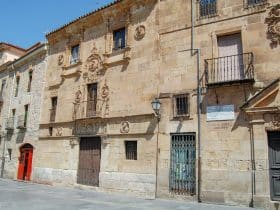
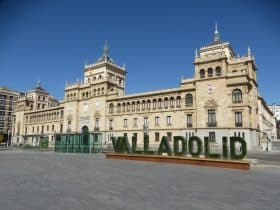
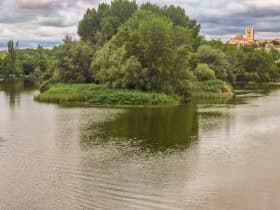
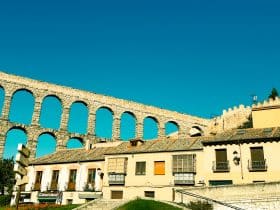
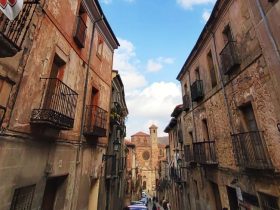
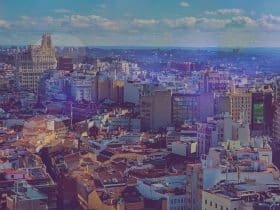



















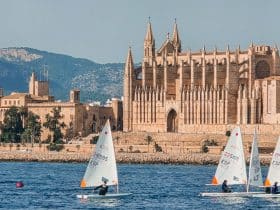
Leave a Reply
View Comments